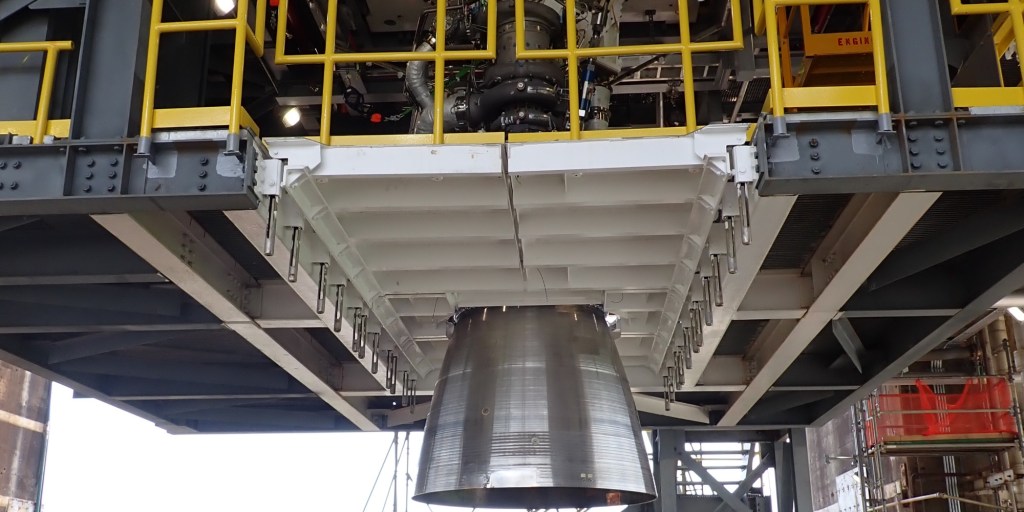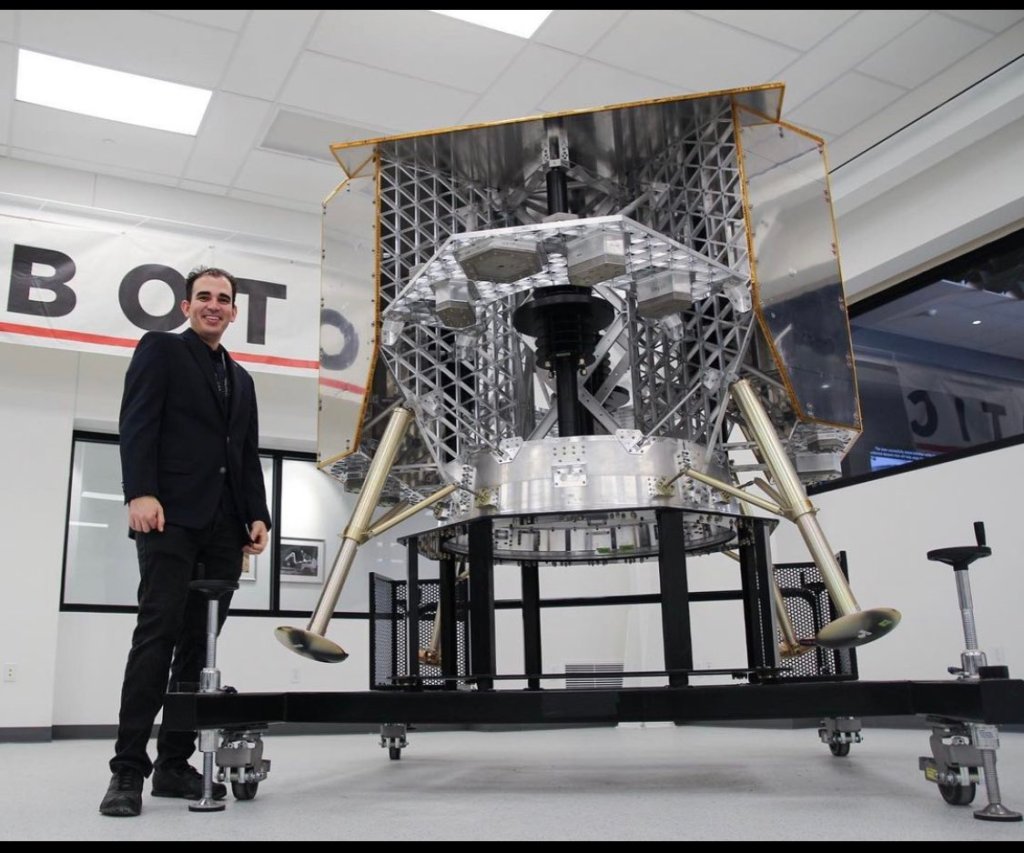
United Launch Alliance is preparing for the debut flight of its next generation rocket called Vulcan. There are certain developments to follow, however, while the first mission date awaits hardware readiness.
Tory Bruno
Christian Davenport at the Washington Post published an interesting profile today that examines Tory Bruno’s tenure as ULA CEO. ULA is relying on Blue Engine to supply the BE-4 engines for Vulcan, but this step has taken a few years longer than expected. In the piece, Bruno appears to acknowledge that Vulcan may not launch until next year:
Publicly, Bruno has maintained a professional posture, saying he had confidence in the team at Blue and that it would deliver. Privately, he was frustrated with the delays and pressured Blue to get the engine ready. Now, Bruno says delivery of the engine should happen this summer. And the first flight of the new Vulcan-Centaur rocket would come later this year or early next year.

While the goal is still to launch Vulcan before year’s end, it’s a revelation to no one that the first mission could slip to 2023. Ars Technica space reporter Eric Berger shared as much last December in a piece covering Blue Origin engine progress:
Blue Origin is unlikely to deliver two flight-ready versions of the BE-4 rocket engine to United Launch Alliance (ULA) before at least the second quarter of 2022, two sources say. This increases the possibility that the debut flight of ULA’s much-anticipated new rocket, Vulcan, could slip into 2023.
Bruno responded to Berger on Twitter about the Post’s article, emphasizing that ULA is still targeting a Vulcan launch in 2022. “My payload is also a first time development,” Bruno added, “which is doing well. But I am prepared to wait for them as long as I can, if they turn out to need a little more time.”
BE-4
Speaking of Blue Origin engine development, the company turned in a progress report yesterday in the form a photo of a BE-4 engine positioned on a test stand in Huntsville.
“For the first time, our Huntsville engines team has installed a [BE-4] engine into Blue Origin’s refurbished and historic MSFC Test Stand 4670 preparing for commissioning tests,” the company said today. Alabama is not only home to NASA’s Marshall Space Flight Center but also Blue Origin’s engine production facility.
Blue Origin is certainly keeping ULA updated in detail about the state of BE-4 engine development, but the public showing is also a welcome sight for anyone tracking ULA Vulcan or Blue Origin New Glenn flight progress.

Peregrine
Bruno hints in his tweet today that payload readiness is also a factor for Vulcan, not just engine integration. That’s because Vulcan’s first customer Astrobotic has to complete its Peregrine lunar lander before the mission can begin.
A year ago, Astrobotic shared that it wouldn’t have Peregrine ready in 2021 as previously planned. Then, Astrobotic shared at the end of May, however, that assembly was finishing. Hopefully engine readiness and payload readiness can coincide and allow Vulcan to fly by early 2023 as currently expected.

ULA has no shortage of Vulcan customers either. Bruno also offered today that ULA has sold 70 Vulcan missions, and the first eight are “in flow” at the company’s Rocket Factory in Alabama. While ULA regularly provides flights for the Pentagon and NASA, it has 38 missions booked with Amazon to deploy its upcoming Kuiper satellite constellation.
As for Vulcan’s first flight, keep watching BE-4 engine progress and Astrobotic Peregrine lunar lander progress for an idea of exactly when ULA will be ready to light its new rocket.
FTC: We use income earning auto affiliate links. More.




Comments